During the school year, over 30 million children rely on free or reduced-price school meals. When summer arrives, these families face increased pressure to provide additional meals. Summer food drives play a crucial role in bridging this nutrition gap. Here’s your comprehensive guide to running an effective summer food drive that makes a lasting impact.
Understanding the Summer Meal Gap
The summer break creates significant challenges for families who depend on school meal programs:
- Families need to provide 10 additional meals per week per child
- Fresh produce becomes harder to access
- Transportation to food resources may be limited
- Working parents face increased childcare costs alongside food needs

Planning Your Summer Food Drive
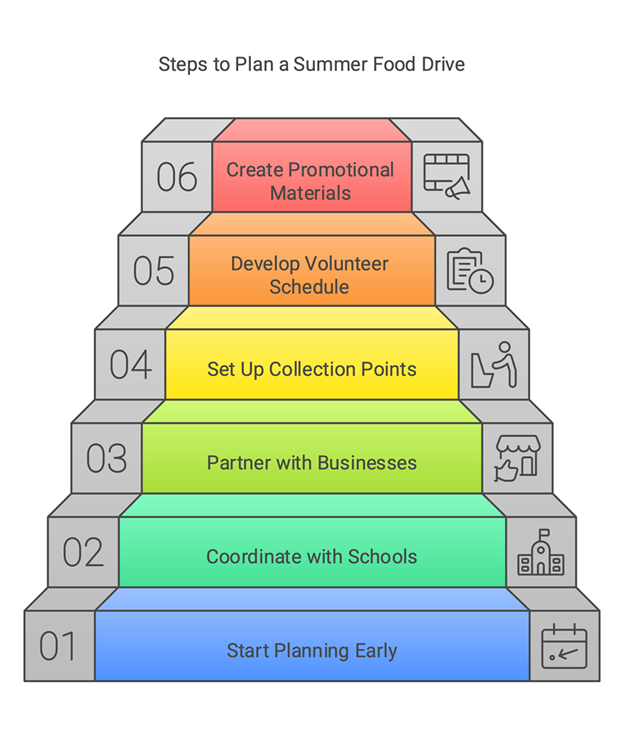
Timing Is Everything
Start planning your summer food drive at least 2-3 months before the end of the school year. This allows time to:
- Coordinate with local schools to identify high-need areas
- Build partnerships with local businesses and organizations
- Set up collection points and storage solutions
- Develop a volunteer schedule
- Create promotional materials
Setting Strategic Goals
When establishing your drive objectives, consider:
- Number of families to support
- Duration of support (entire summer vs. specific weeks)
- Types of food items needed
- Storage and distribution capacity
- Volunteer requirements
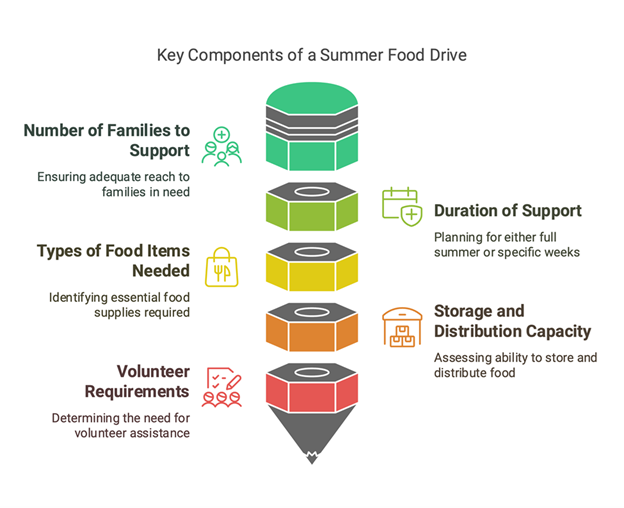
Essential Food Items to Request
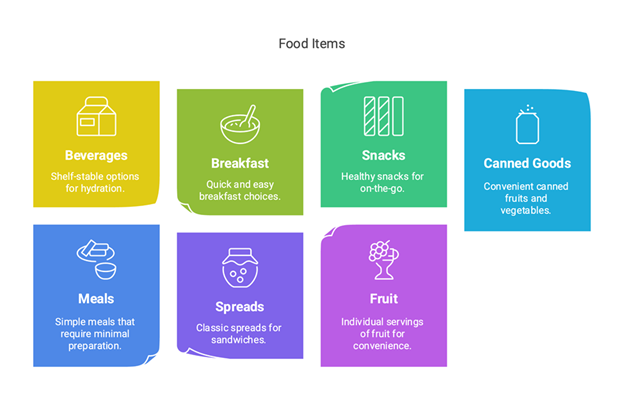
Focus on collecting
- Single-serve cereals and oatmeal
- Granola bars and healthy snacks
- Canned fruits and vegetables
- Easy-to-prepare meals (pasta, rice meals)
- Peanut butter and jelly
- Individual fruit cups and applesauce
Pro Tip: Request pop-top cans and easy-open packaging when possible, as some children may be preparing their own meals.
Maximizing Community Engagement
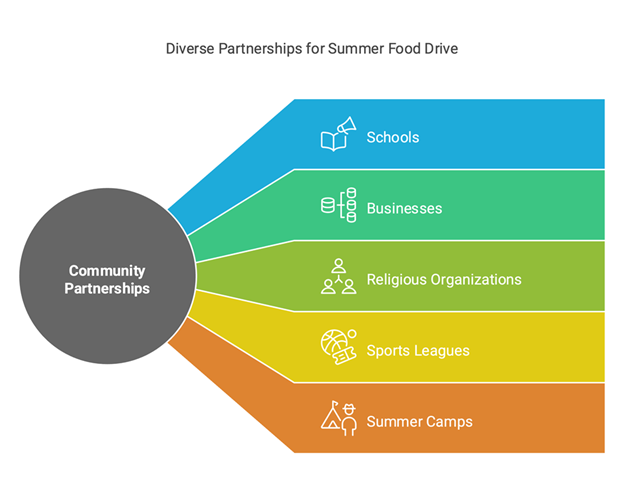
Partner with Local Organizations
- Schools: Send information home before summer break
- Businesses: Set up collection points and matching programs
- Religious organizations: Leverage existing community networks
- Sports leagues: Organize collection events at summer games
- Summer camps: Create youth-focused donation initiatives
Effective Communication Strategies
- Share specific stories about impact (with privacy in mind)
- Provide regular updates on progress
- Use social media to showcase community involvement
- Send weekly email newsletters to supporters
- Create engaging infographics about summer hunger
Distribution Strategies
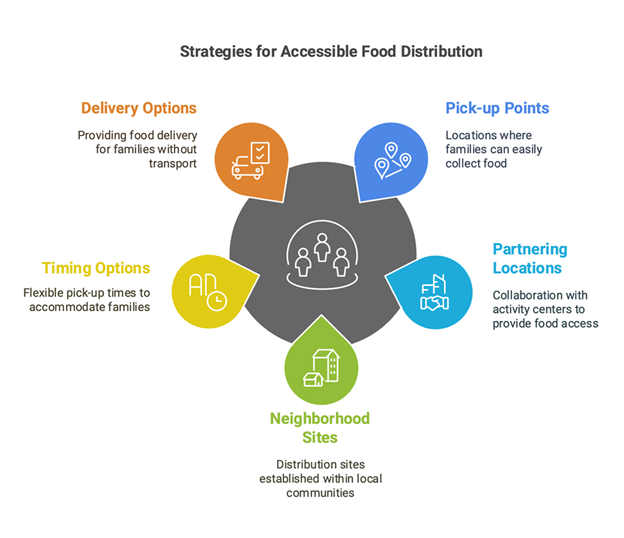
Creating Accessible Pick-up Points
- Partner with summer activity locations
- Establish multiple neighborhood distribution sites
- Offer evening and weekend pickup times
- Consider delivery options for families without transportation
Managing Inventory Effectively
- Track donations in real-time using Drives Nexus software
- Plan for consistent distribution throughout summer
Volunteer Management
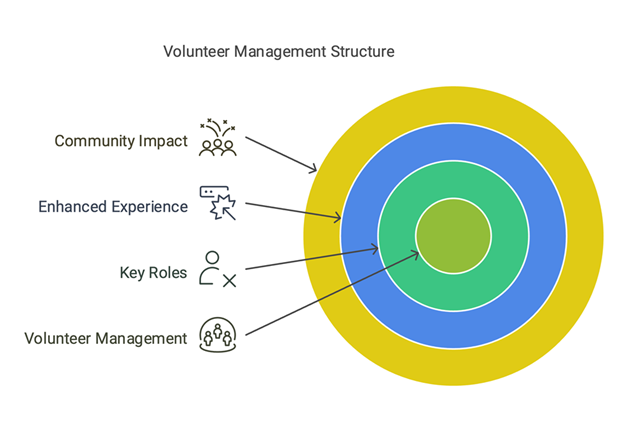
Key Volunteer Roles
- Food sorters and packagers
- Distribution site coordinators
- Delivery drivers
- Social media and communication team
- Data entry and tracking team
Volunteer Support
- Provide comprehensive training
- Create clear shift schedules
- Establish communication channels
- Recognize and appreciate efforts
- Share impact metrics regularly
Measuring Success
Track these key metrics
- Number of families served
- Distribution efficiency
- Donor retention rates
- Family feedback and testimonials
Looking Ahead: Sustainability
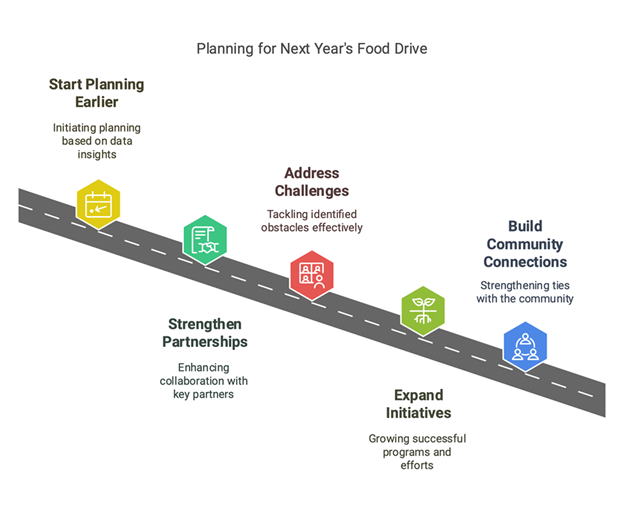
Building Long-term Success
- Document processes and learnings
- Survey families about needs and preferences
- Create a donor stewardship plan
- Develop year-round engagement strategies
- Build relationships with corporate sponsors
Planning for Next Year
- Start planning earlier based on this year’s data
- Strengthen successful partnerships
- Address identified challenges
- Expand successful initiatives
- Build on community connections
Get Started Today

Don’t wait to begin planning your summer food drive. Use drives management platforms like Drives Nexus to:
- Track donations in real-time
- Coordinate volunteers efficiently
- Communicate with donors effectively
- Generate impact reports
- Scale your operations as needed
By planning ahead and utilizing the right tools, your organization can help ensure no child goes hungry during the summer months.
